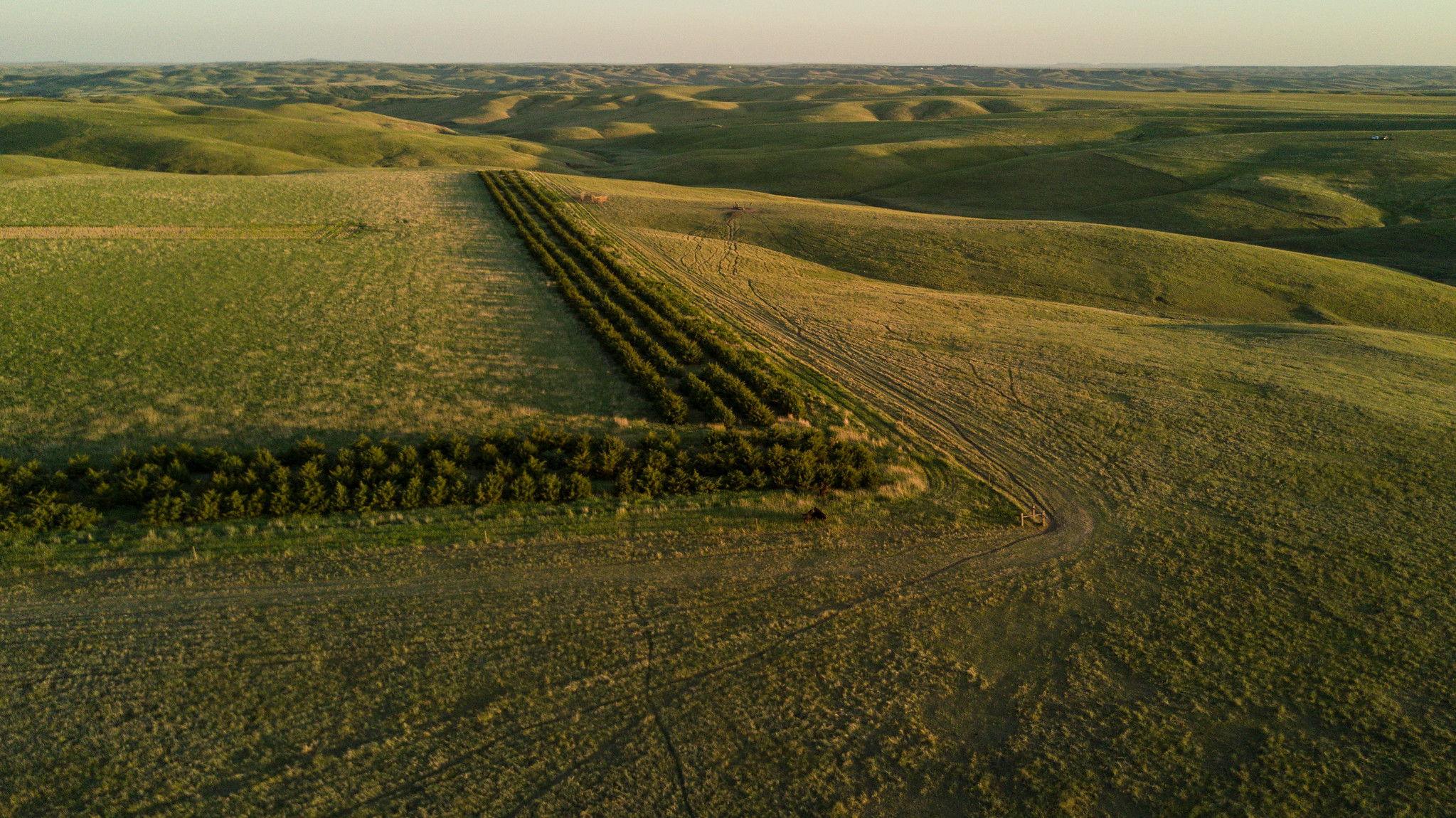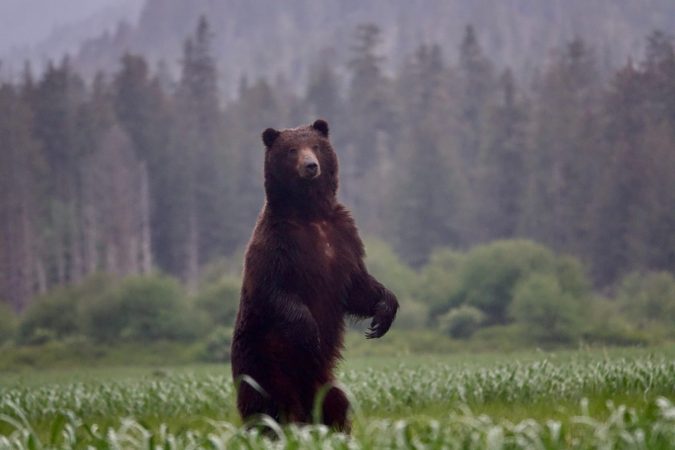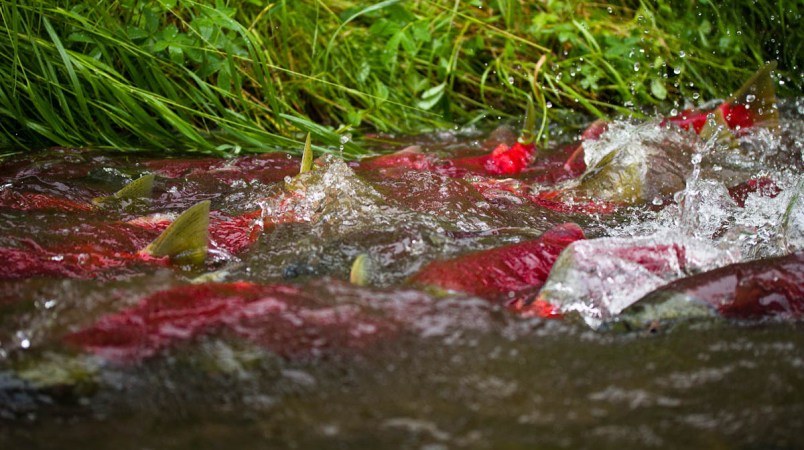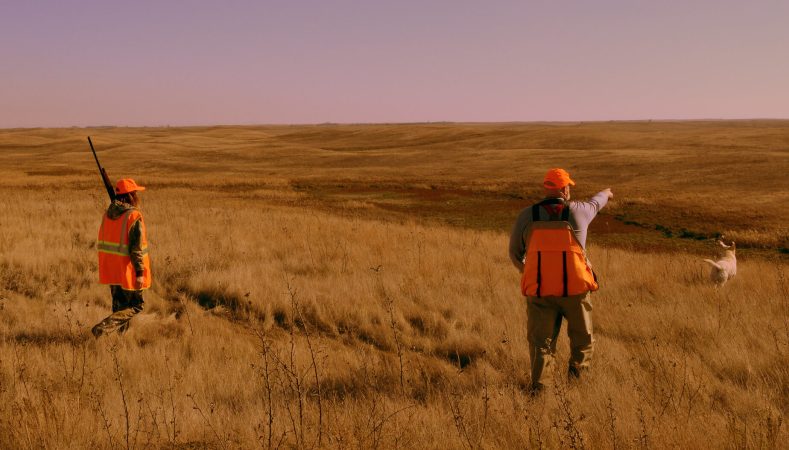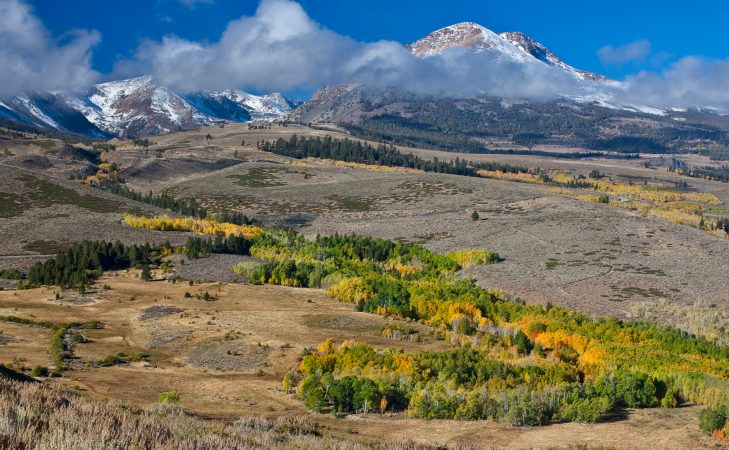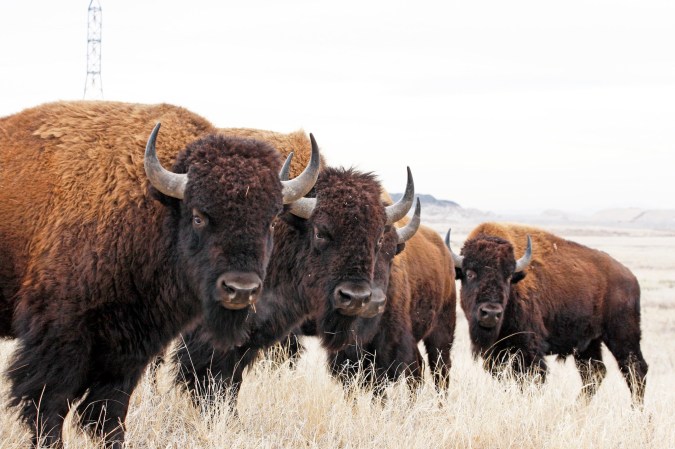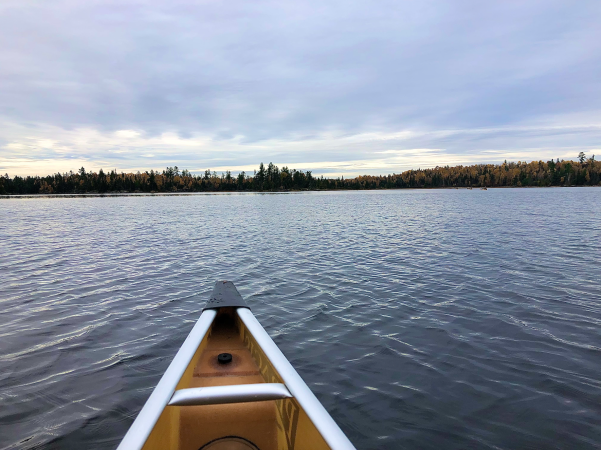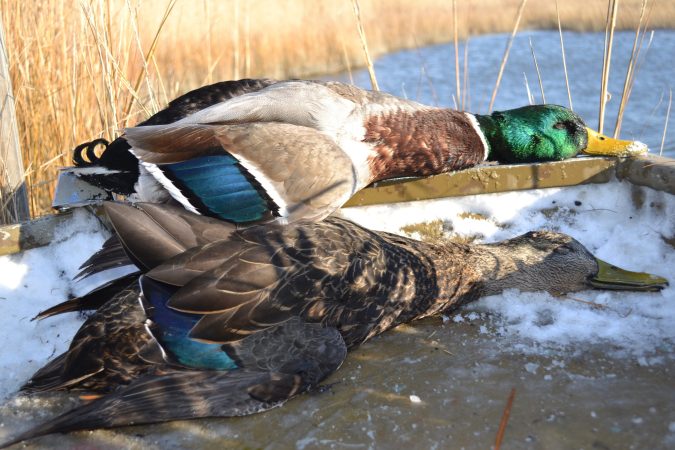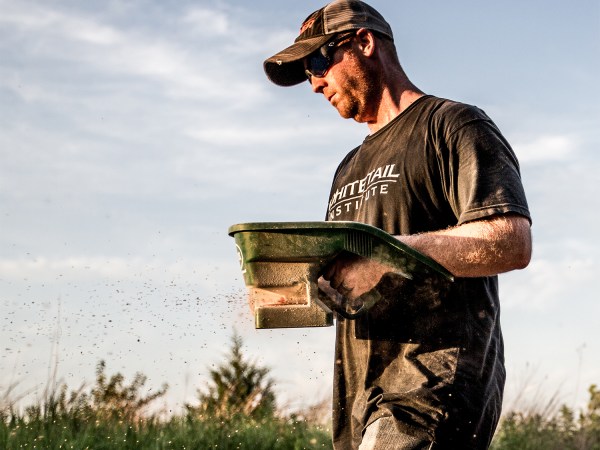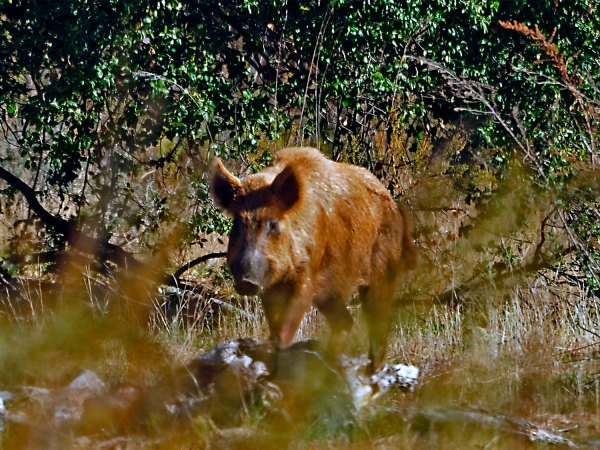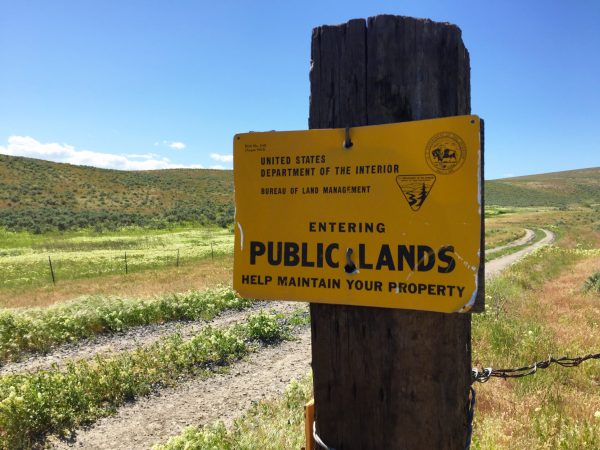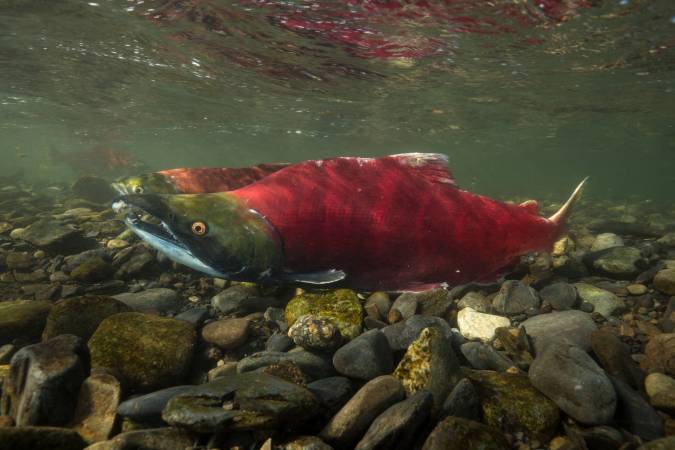The U.S. Department of Agriculture announced last week that it will provide $1 billion in federal grants for agricultural pilot projects that reduce greenhouse gas emissions or sequester carbon. The new program, known as the Partnerships for Climate-Smart Commodities, should be a boon to conservation since many of these projects should also improve forest and grassland habitats for wildlife. Planting cover crops, seeding buffer zones with native grasses, managing healthy timber on working lands, and maintaining and improving forest soil quality are all examples of carbon-sequestering land management tools that the USDA lists on its website.
During a Feb. 7 speech at Lincoln University about the new program, secretary of agriculture Tom Vilsack touched on the climate benefits of maintaining and expanding America’s grasslands. He also pointed out that we can better leverage the Conservation Reserve Program, a longstanding USDA program that pays farmers to remove agricultural land from production and turn it into quality habitat for native plant and wildlife species.
“One of the strategies we focused on [last year] was grasslands, and the importance of investing and providing incentives for grasslands to participate in [the CRP],” Vilsack said. “And we saw a great response: 1.9 million acres added to the program in just a single year.”
The Partnerships for Climate-Smart Commodities will function separately from CRP, but both programs will help incentivize farmers, ranchers, and landowners to combat climate change by using science-based land management tools. One major difference is that the new Climate-Smart Grant Program will require—and pay for—land managers to monitor, quantify, and report how much carbon they’re sequestering.
“We were really happy that the Secretary made the point that CRP grasslands provide really quality carbon and climate benefits,” says Brent Rudolph, the director of sustainability partnerships with Pheasants Forever and Quail Forever. “But the key is that we see this new grant program as a way for farmers and ranchers to put habitat on their property and receive compensation for that based on the carbon benefits that this habitat can provide.”
Read Next: Sportsmen, Gun Owners Generated a Record $1.5 Billion in Conservation Funding Last Year
Rudolph’s job is to help determine what type of upland bird habitat is needed in a specific area, and then he works to find partners who will support those habitat projects. He’s optimistic about the Partnerships for Climate-Smart Commodities because it will provide a new channel of funding for landowners who already want to create or improve wildlife habitat on their land, but who don’t want—or can’t afford—to do so without cutting into their profits.
“There’re plenty of farmers and ranchers out there who want to do good things for wildlife and are good stewards of the land, but they have to be able to do it affordably,” Rudolph explains. “So I’m excited about having the opportunity to provide these kinds of opportunities that will help their bottom line while we’re helping wildlife and providing other beneficial environmental outcomes at the same time.”

